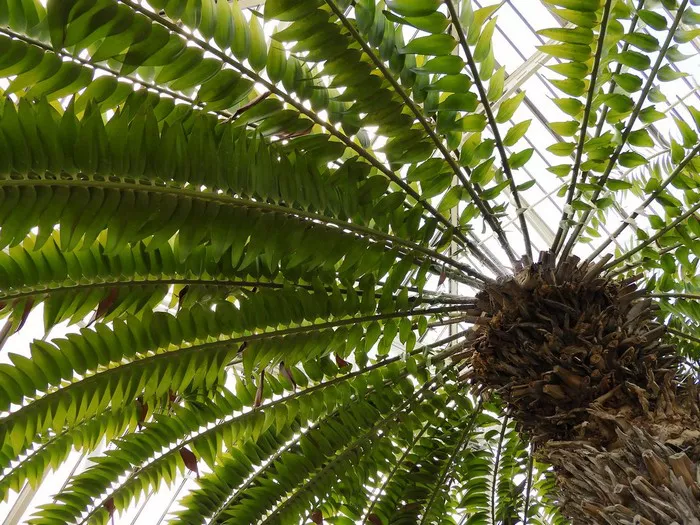In a pioneering effort guided by artificial intelligence (AI), scientists are striving to find a mate for the world’s loneliest tree, a solitary male specimen of Wood’s cycad (Encephalartos woodii) discovered in 1895 in the Ngoye Forest Reserve, KwaZulu-Natal, South Africa.
Wood’s cycad, a primitive seed plant dating back 300 million years, typically reproduces through offshoots, propagated from the single male plant found over a century ago. These offshoots have since flourished in botanical gardens worldwide, but sexual reproduction remains crucial for the species’ sustainability.
To locate potential mates hidden within the dense and remote native forests of Ngoye, researchers have deployed drones equipped with advanced imaging technology. The drones capture high-resolution images across specified areas, utilizing AI algorithms tailored to identify the distinctive cycad from aerial perspectives.
Laura Cinti, from C-LAB and the University of Southampton, explained, “Our AI-driven approach focuses on visually recognizing cycads, adapting detection models originally used in palm oil industry applications. Custom-trained algorithms enhance accuracy by accounting for the unique shape and spectral signatures of cycads.”
Recent surveys spanning 79 hectares of Ngoye Forest, conducted in 2022 and 2024, amassed thousands of images across five different wavelengths. These images aim to pinpoint the exact locations where cycads might thrive, especially along forest edges where the original male specimen was found.
“We’ve employed YOLOv8, a robust computer vision model, to analyze the collected images,” Cinti stated. “Additionally, generative AI systems have simulated various environments to refine the model’s ability to identify cycads under diverse conditions.”
Despite challenges posed by hilly terrain and cloud cover, the team remains optimistic about their progress. Ongoing refinements to the AI model and targeted drone surveys are expected to enhance detection capabilities further.
Once potential female cycads are identified, closer drone inspections will follow to confirm their presence. “Fine navigation and detailed close-ups are essential,” Cinti remarked, “but ground verification remains pivotal for accurate confirmation.”
If a female specimen is located, it will likely be transferred to a controlled environment for managed pollination and cone production. “Our goal is to cultivate healthy seedlings that can eventually be reintroduced into their natural habitat,” Cinti added.
With each aerial survey, AI technology brings hope that Wood’s cycad, once on the brink of extinction due to its singular existence, may soon thrive once more through successful reproduction strategies.


